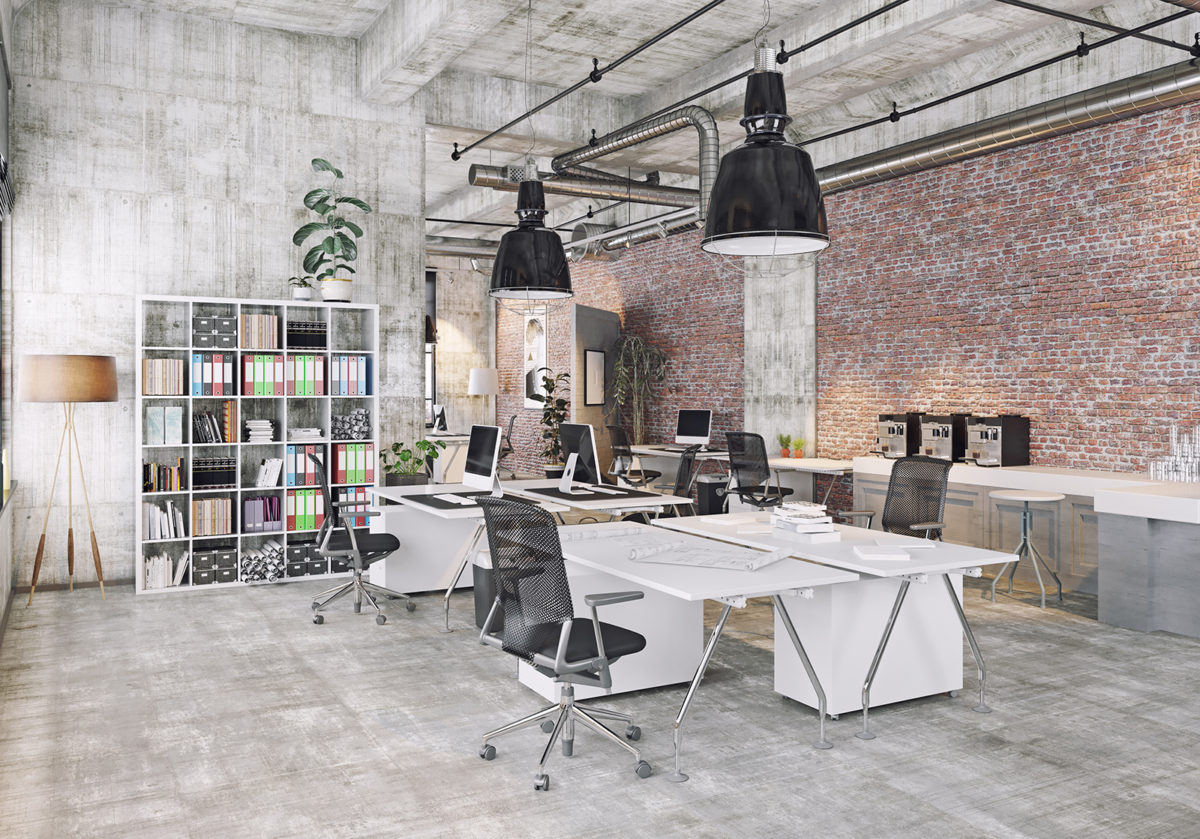The pandemic has shown that companies can work from home in entirely new ways – from zoom meetings to slack messages, it is almost like in-person interactions have been replaced overnight. However, many teams quickly discovered that web-conferencing software is not a one-to-one replacement for effective collaboration. Humans are social beings by nature, and today’s workplace relationships are running on social fumes. This means it’s difficult for teams to sustain the same sense of connection and collaboration they had when working next to each other.
Yet all these changes that have led to empty office spaces motivate the question: What should be done with all this underutilized real estate?
How to use empty office space differently?
Walking around midtown Manhattan, one will notice the vast changes that have occurred over the past two years. Office spaces have been left empty, and there are less pedestrians. Even flagship retail spaces have closed shop. Needless to say, commercial real estate has been hit hard due to the pandemic. Finding innovative ways to reuse office spaces for another function like coworking can help buildings recover from the pandemic.
Adapt and Reuse. Companies like WeWork have been a champion for adaptive reuse over the past few years and have tapped into the existential purpose of the office. In a pre-COVID world, many employees came to the office every workday because it was expected. As employees imagine a world with more choice to work anywhere, their primary motivations for coming to the office will center around collaboration and team bonding. Focus and individual work, by contrast, can be more productive at home. In response, re-balancing space allocation away from individual desks and private offices towards more collaborative and social space provides a better in-person work experience.
Open-plan designs. The open-plan office concept is widespread and a fundamental aspect of the flexible workspace, allowing for free-flowing communication between departments.
Quiet areas. A negative side effect of open-plan office design is the increased noise factor. Flexible workspaces mitigate this by designating quiet areas to provide workers with somewhere they can focus on tasks without interruption. There are several options, from open spaces in some quiet corner of the building to sound-insulated rooms.
Flexible workstations. Coworking office spaces often include non-traditional styles of workstations. Standing desks in common areas promote the idea of moving around to use the space in different ways. In cozy corners of the office, such as coffee bars and reception areas, comfortable seating and natural lighting allow for flexibility where people can congregate.
Shared amenities. When tethered to a single spot in the office, people naturally tend to store the things they need to get things done on and around their desks. Instead, have open spaces with resources like office supplies, printers, snacks, conference rooms, or informal common areas.
The New Normal
With so many offices in NYC that have shut down permanently, the work from anywhere trend is here to stay. And as companies give employees flexibility, many will find meeting spaces to work instead of returning to the office.
Coworking is poised to become the new normal, as many entrepreneurs and employees still working from home are looking for a space where they can get their work done productively yet still have the feel of a home-y atmosphere.
Designing to Boost the Human Connection
Have an empty office space? Let’s get a conversation going and talk about how Talisen can help. Reach out using the contact form conveniently located on our website!
